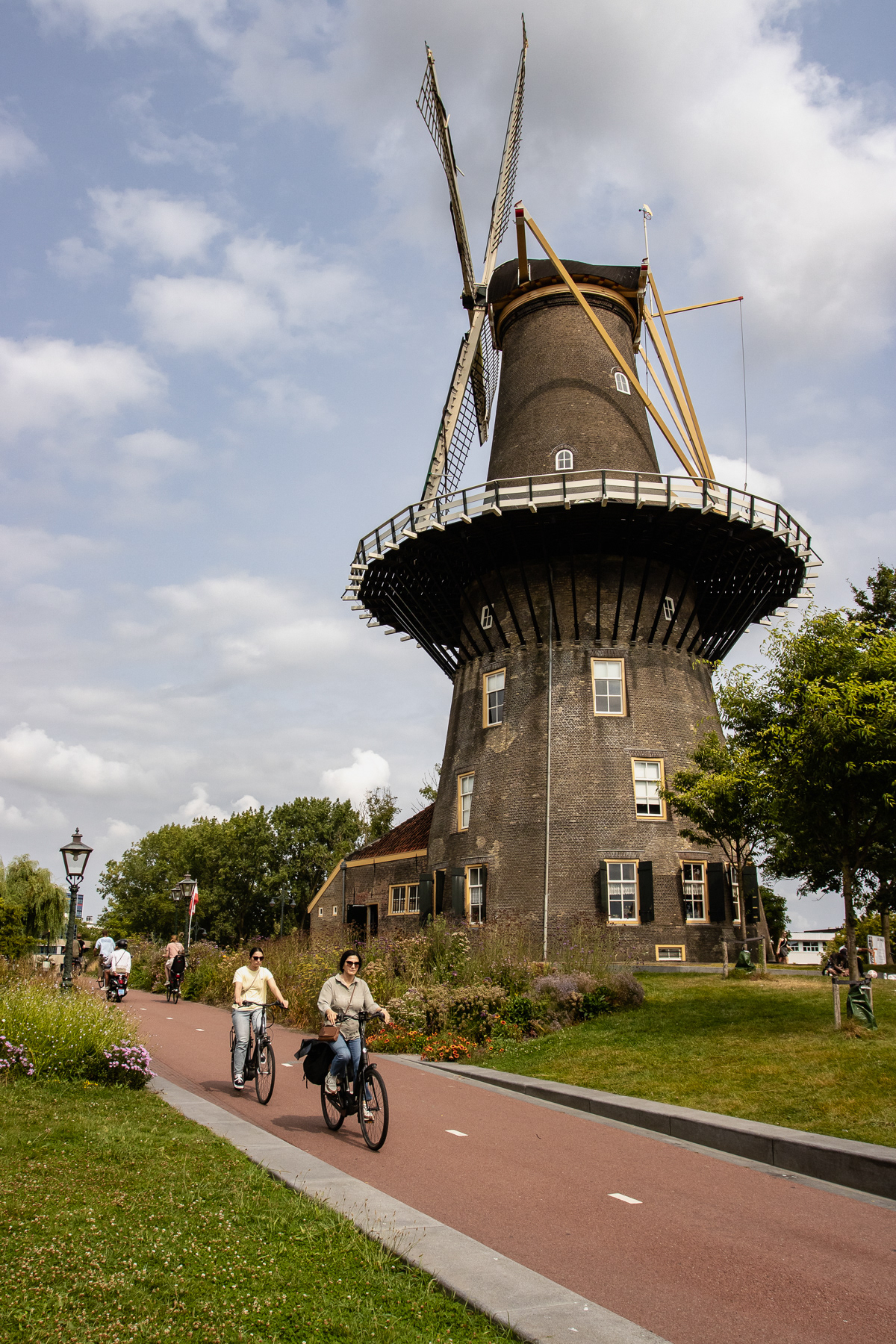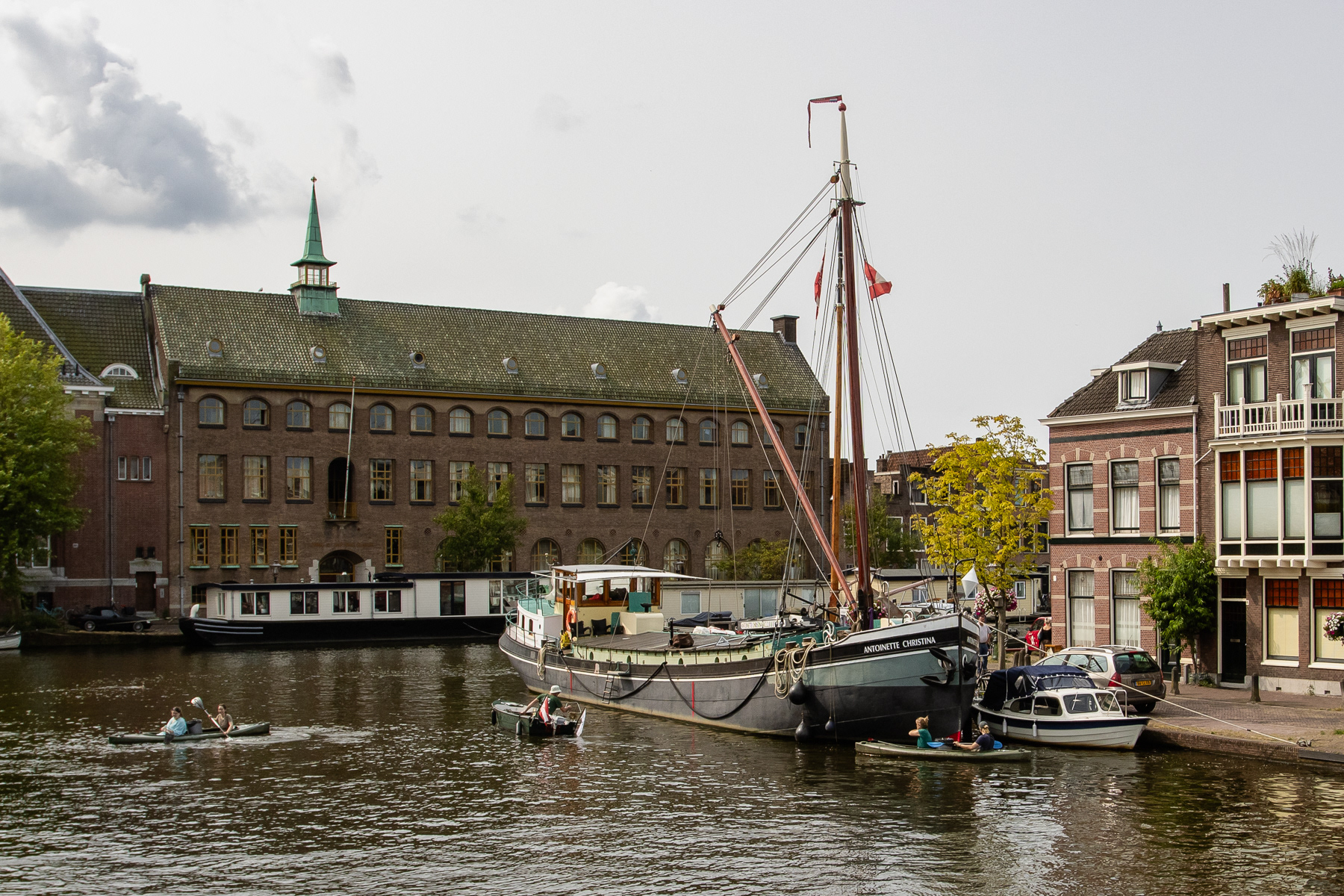

Historic boats in a Leiden canal.




The canals of Leiden make for excellent recreation, like this paddling family does.
Once started as a cheap way to live, house boats are an equally costly and popular option compared to homes onshore.
Touring over the Leiden canals make one discover little gems, like this old Volvo parked at the canal.

The Old Observatory Leiden at the southern end of the Hortus Botanicus

The only city wall tower of the 33 Leiden once had that survived: the 'Oistenrijck' tower, aka Kruithuisje

Poortgebouw, the Gate Building, that was once part of the university hospital
One of the typical bridges spanning the canals of Leiden.

A small water mass flanked with bended trees

A bee hotel

Nice walking trails

Part of the Antlikwall, the Nazi-German defence line on the European coast of the 1940s.

"Dragon teeth" were meant to stop enemy tanks. The Nazi-Germans used them as part of the Antlikwall.
Despite having facilities to entertain ducks and other birds, this green covered pond was empty of birds when I walked by it.